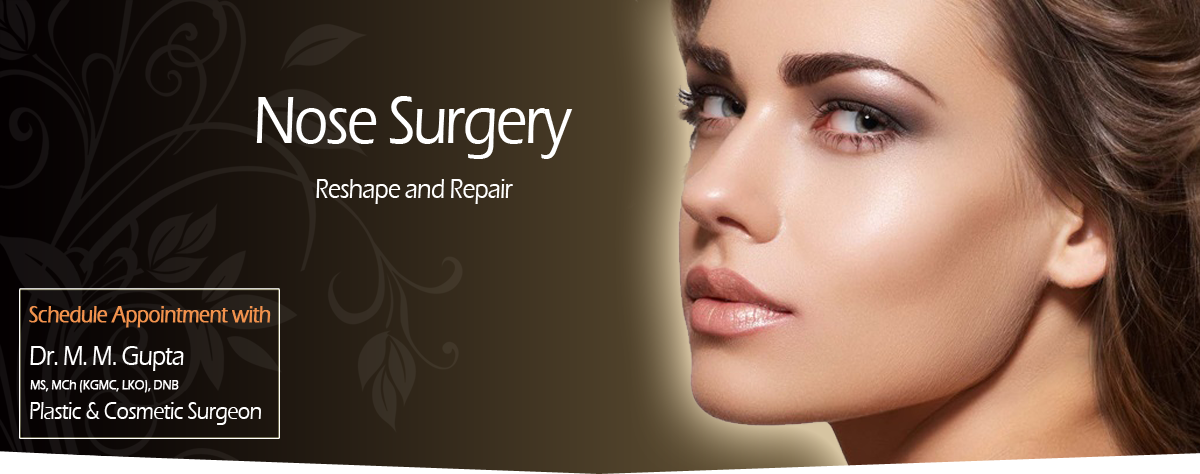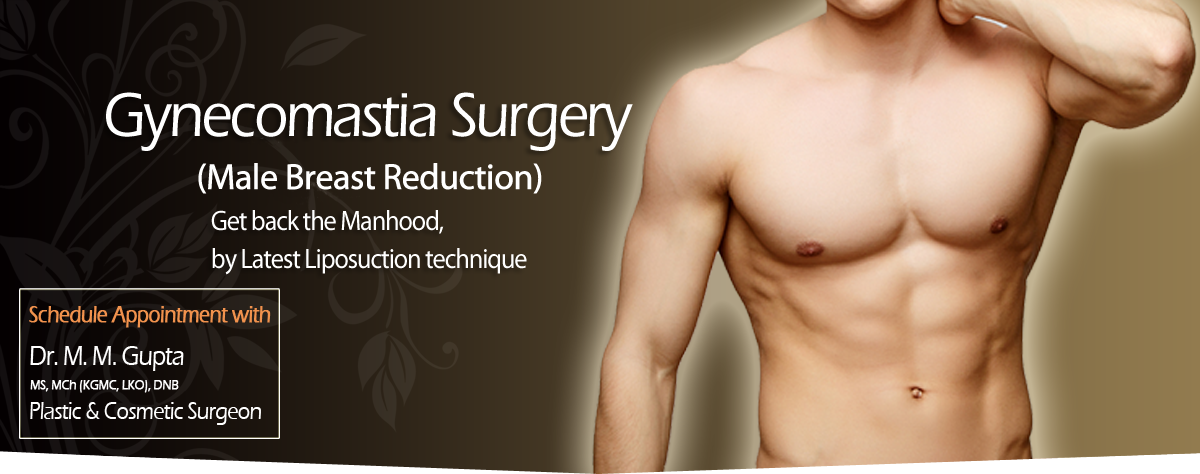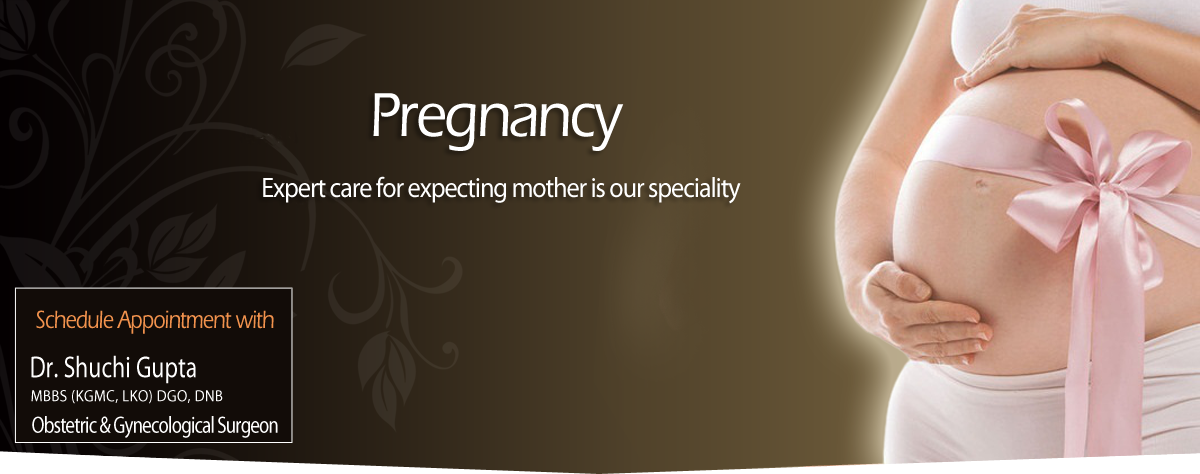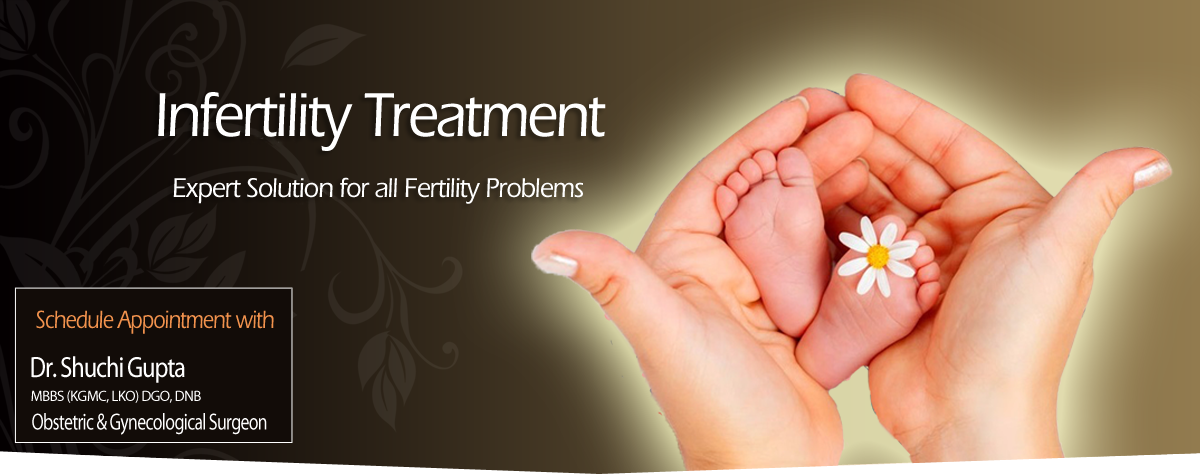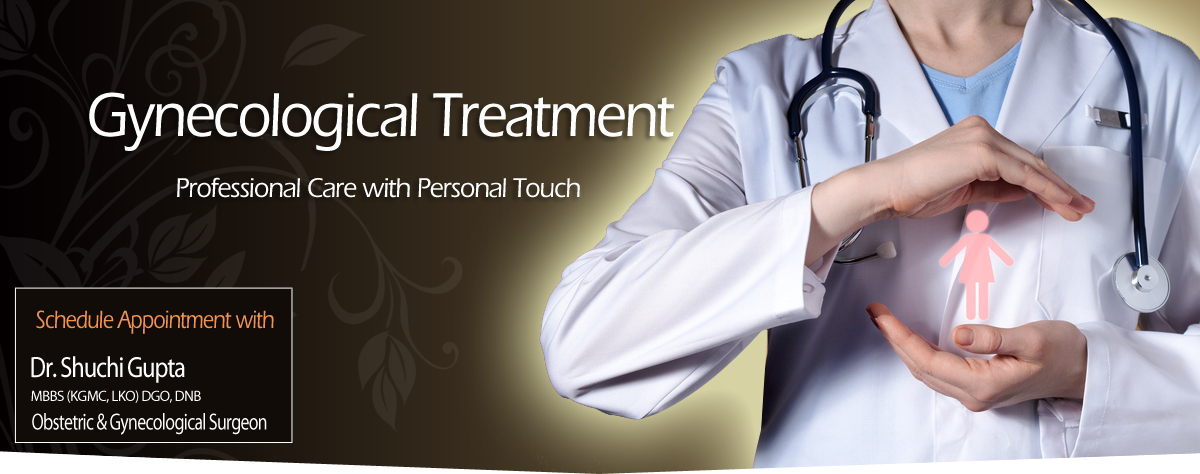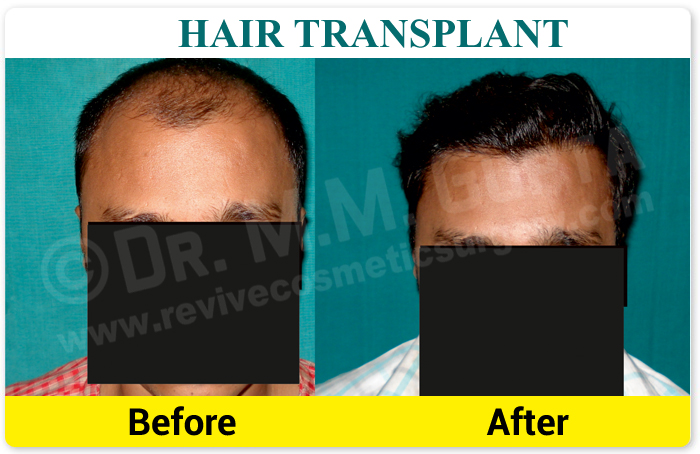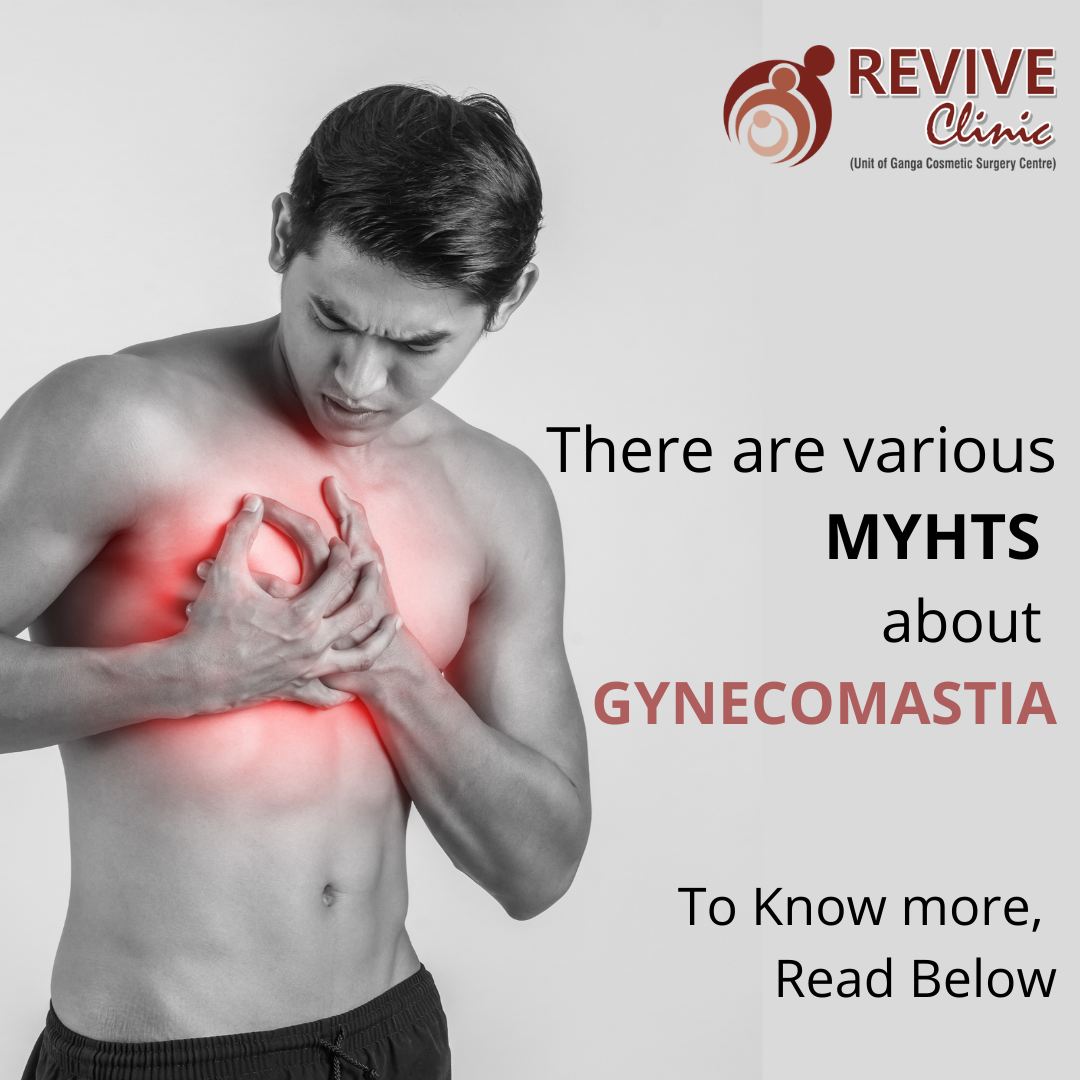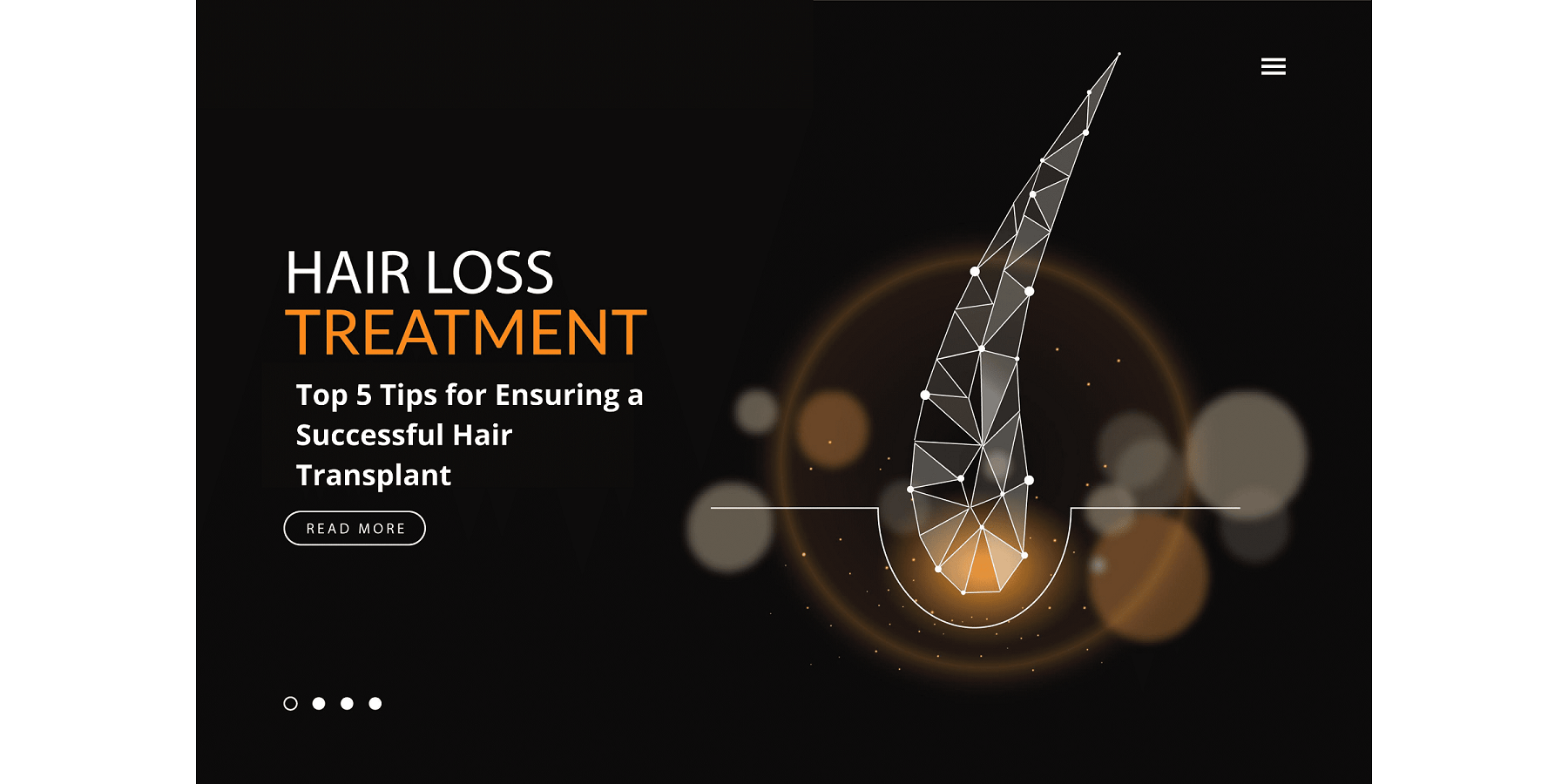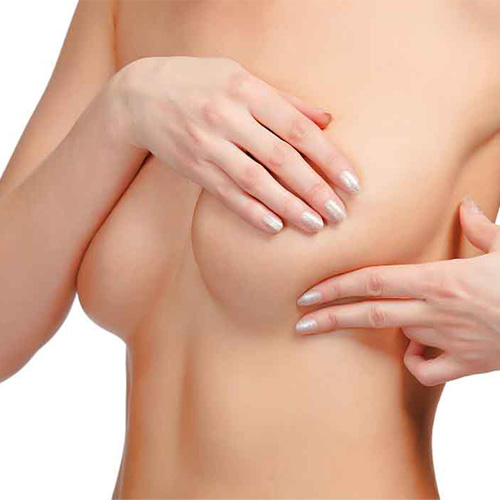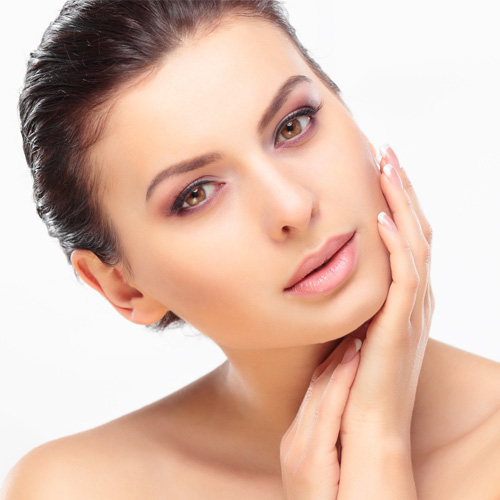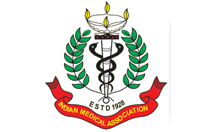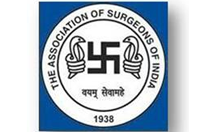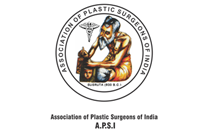- Pioneer of Hair Transplant with world's latest & Best Technique FUT, in up
- Excellent Quality Hair Transplantation by highly Skilled & Experienced Plastic Surgeon
- Pioneer of Hair Transplant with scar less technique FUE, in up
- World class surgery at affordable cost with life changing results
- Pioneer of body hair to scalp transplant in up
- Many thousand patients with successful Hair Transplant results
Quick Contact
revivecliniclko@gmail.com
+91 9721476547, +91 8400746979

Fat Grafting or Fat Transfer
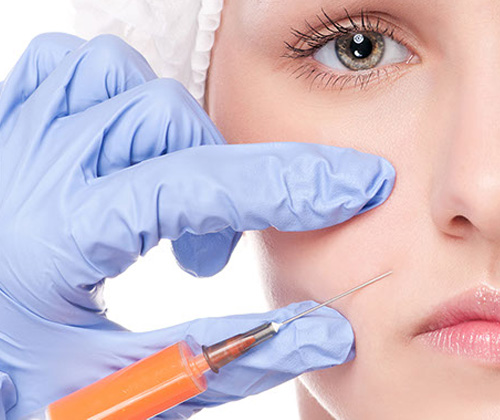
Fat Grafting Procedure
Fat grafting or fat transfer involves removing fat from one's own abdomen or thighs to put into certain regions of the face that start to lose fat. Only tiny amounts of fat are removed so this should not be equated with liposuction. Using low-vacuum liposuction and non-traumatic blunt cannulas (which are 1 mm hollow tubes with a blunt end and a small hole through which the fat comes out). The fat cells are then purified, mixed with freshly prepared autologous PRP and slowly injected through tiny skin incisions into the tissue of the recipient site utilizing a small syringe and cannula. The fat is injected as little droplets throughout the areas of facial hollowness. By using this microdroplet technique, tiny droplets are placed throughout the tissues assuring that each transferred fat cell will have an adequate blood supply to achieve the permanent survival of the injected fat cells. The fat injections add fat to the areas beneath the skin & subcutaneous tissue, creating fullness that results in a lasting, youthful appearance of the injected area.
Since fat is a living tissue, it will become part of the body's natural tissue when transplanted. Some of the fat is digested by the body and most of the times several injections are performed in the same area before the results are permanent. Although some patients may get a permanent result with a single injection, most patients will need a second or third session to obtain a permanent result.
 The abdomen is infused with a dilute local anesthetic and then the fat is gently harvested.
The abdomen is infused with a dilute local anesthetic and then the fat is gently harvested. The fat is then separated from the liquid portion and placed in the injection syringe.
The fat is then separated from the liquid portion and placed in the injection syringe. A small puncture is made (in this case for cheek augmentation) and the fat is then injected into the deeper tissues.
A small puncture is made (in this case for cheek augmentation) and the fat is then injected into the deeper tissues.Fat Grafting or Fat Injection Indications
The usual indications of fat grafting are:
- Sunken & hollow appearance around the eye,
- Filling of fat on sunken cheek,
- Increase lip size by fat injection,
- Correct facial folds by using fat grafting technique
- Correcting Laugh lines and wrinkles with the help of fat grafting technique
- Increase cheekbone size and contour by fat transfer surgery
- Fill in acne or traumatic scars by using fat transfer methods
- Fill in facial defects by fat grafting surgery
- To augment smaller breasts by fat injection method
- To enhance penile girth,
- To resurface any depressed area of body due to trauma, injections or abscess.
Limitations and Risks of Fat Grafting
Fortunately, significant complications from fat grafting are infrequent. This procedure is usually performed without any major problems. The risks in most surgeries are similar. Some of the potential complications of all surgeries are:
Adverse reaction to anesthesia, Hematoma or seroma (an accumulation of blood or fluid under the skin that may require removal), Infection, Changes in sensation, Scarring, Allergic reactions, Damage to underlying structures, Unsatisfactory results that may necessitate additional procedures.
You can help minimize certain risks by following the advice and instructions of your plastic surgeon, both before and after your fat transfer.
Why Revive Clinic?
- Our Treatment Approach At Revive, we have an individualized management of fat grafting or fat transfer or fat injectionwhich is dependent on various parameters like type of method used, total amount area to be grafted
FAQ's
Who is the right candidate for fat grafting?
You are a right candidate for fat injection surgery if you are-
- Above the age of 18 years
- Good health
- You know the recovery, risk and limitations of the surgery
- Emotionally stable mindset
When will fat injection result be visible?
Fat injection results approximately takes 4-6 months to show, and skin quality takes 6-8 month to improve.
What are the risk, complications of fat grafting surgery?
Complications from fat grafting are rare. Some of the complications of fat injection surgery are –
- Adverse reaction to anesthesia
- Infection
- Changes in sensation
- Scarring
- Allergic reactions
What makes us unique?
Our Efficiency | Our Competency | Our Reliability | Our Dedication | Our Expertise in the respective fields.
Best Doctors
We have a team of doctors who are best in their respective fields of specialization for best results and maximum patient safety.
Best Plastic & Cosmetic Surgeon
MBBS, MS, MCh, DNB
- Our plastic and cosmetic surgeon are highly trained and best Hair Transplant Surgeon with more than 14 years of experience in doing Hair Transplant with excellent & world-class results.
- The most trusted, skilled, and experienced Hair Transplant and Cosmetic Surgeons in Lucknow and Varansi is owned by Revive Clinic
- Our surgeon is a Pioneer of the FUT technique of Hair Transplant in Uttar Pradesh.
- Our surgeon is a Pioneer of the FUE technique of Hair Transplant in Uttar Pradesh.
Best Gynecological Surgeon
MBBS, DGO, DNB
- Our gynecological and obstetrics doctor is highly trained Obstetrician, Gynecologist & Laparoscopic Surgeon with more than 17 years of experience.
- Our gynecological and obstetrics doctor is working as a Senior Consultant Obstetrician & Gynecologist at Fatima Hospital, Lucknow.
- Revive Clinic posseses one of the best and highly experienced Obstetrics & Gynecology & Laparoscopic doctors in Lucknow.
Ultra-modern Centre
Hair Transplant Center
- We have state of art ultra-modern facility for hair transplant. We use ultra-hygienic and the best safety method for patient care.
- We have a dedicated Hair Transplant Operation Theater (Hair Lab.) with temperature and humidity control, ergonomically designed cutting platform, cold lights, ceiling lights with heat filters, preventing any damage to the Hair grafts.
- Revive Clinic is one of the leading hair transplant clinics in Lucknow, Uttar Pradesh, India. Our hair treatment procedures are best in class and give the best results.
- We offer the best hair transplant treatment with all the latest and best techniques & instruments.
- We ensure maximum patient's privacy, it is our first priority.
Obstetrical & Gynecology Treatment
- We have advanced facilities & equipment for providing the best obstetrical & gynecological treatment.
- All treatments are done by our highly experienced doctor taking utmost care for giving the best results and high priority for patient safety.
- At Revive we evaluate every patient for normal delivery as a primary option, doctor opt for caesarian delivery only in high-risk conditions for the safety of mother and baby.
- Revive clinic is one of the best obstetrical & gynecological clinics in Lucknow.
- Revive Clinic offers a wide range of obstetrical & gynecological care i.e. From contraceptive counseling to general gynecological & obstetrical services including Infertility Treatment for women at different stages of life, we are best in our field.
Best Results
- Our success is well spoken by thousands of our happy and satisfied patients of Hair Transplant & Plastic & Cosmetic Procedures both national as well as international. We are committed to patient's safety & satisfaction.
- 100% natural-looking results are given by our best hair transplant and cosmetic surgeon, with no side effects.
- We provide the best hair transplant & cosmetic Surgery results at very affordable costs.
- We have excellent results for infertility treatment.
- We give the best results for all Obstetric & Gynecological problems at a very affordable cost.
Professional Staff
Why us

State of Art CenterLatest Equipment & Techniques
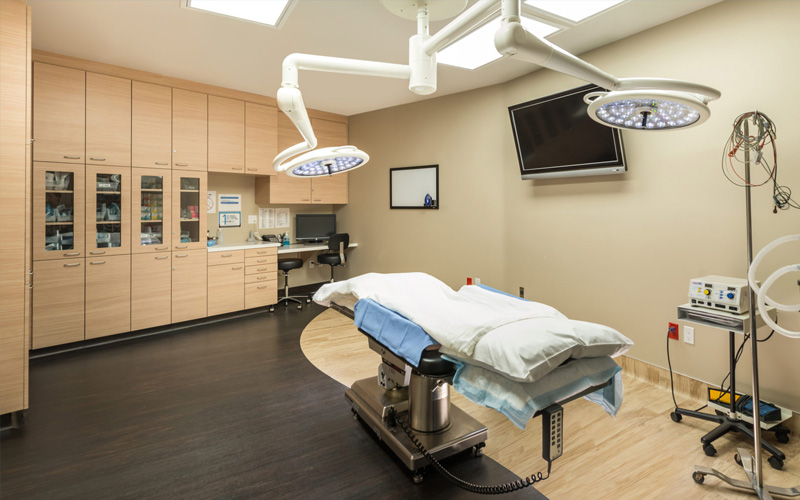
- We use latest Equipments & Techniques to deliver top class Treatments
- Our center have relaxing environment with modern facilities and look
Qualified Doctor & StaffBoard Certified and Specialized Team
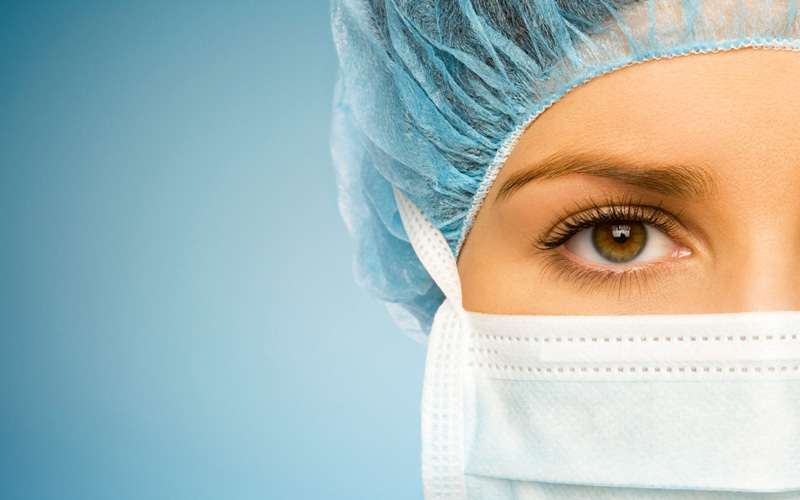
- Dr. M. M. Gupta is; experienced, highly qualified and skilled cosmetic surgeon; providing surgical services of International Standard.
- Our team consists of trained and caring staffs, available 24x7 for patient's care.
World Class ResultsMaximum Patient Satisfaction

- Combination of State of Art Center and Experienced, Highly Qualified & Skilled Cosmetic Surgeon bring out world class results, every patient expect.
- You can see Live Surgical Procedures and also meet our satisfied clients to gain confidence about our Excellent Results.

Our Specialities



Quick Contact
revivecliniclko@gmail.com
+91 9721476547, +91 8400746979
Mail Your Query Here

Credentials
Face
Hair & Skin
Body
Breast






